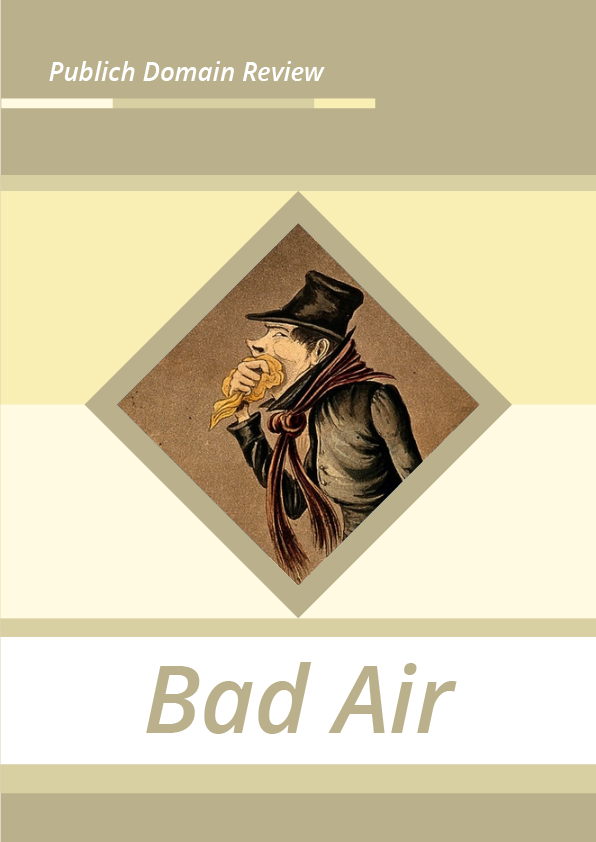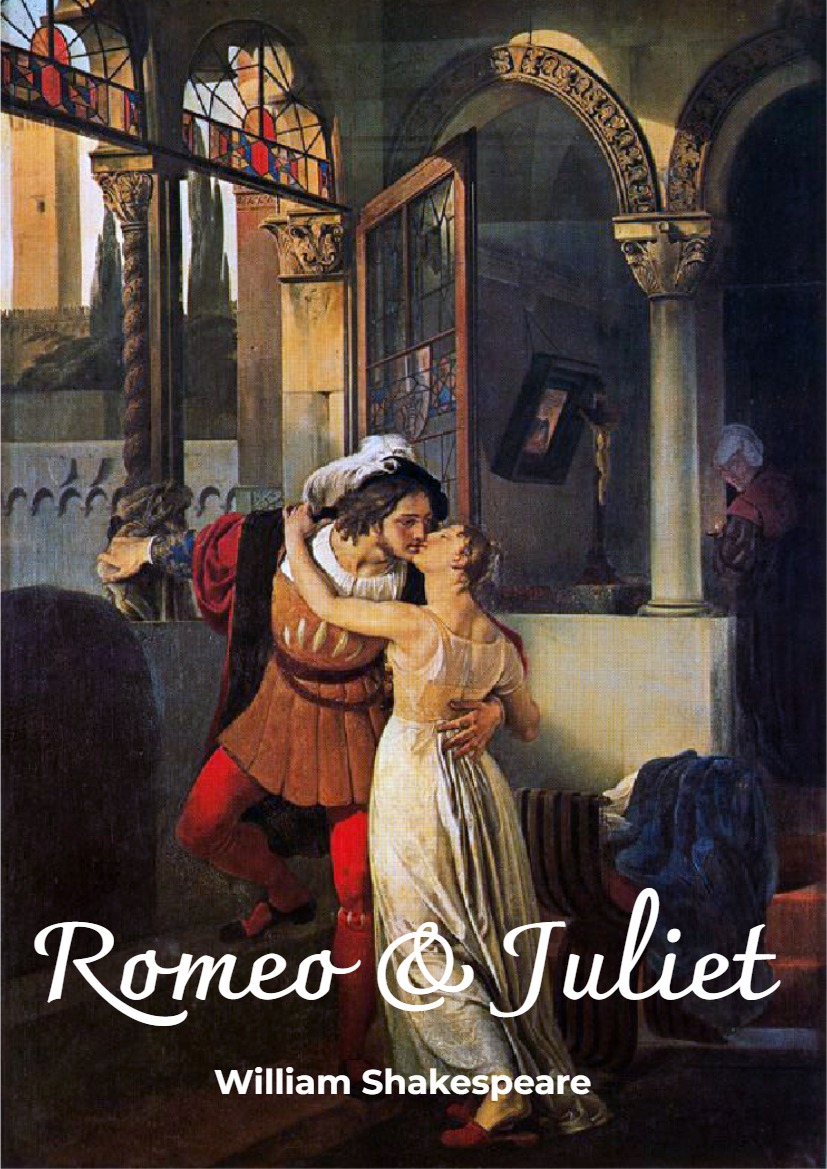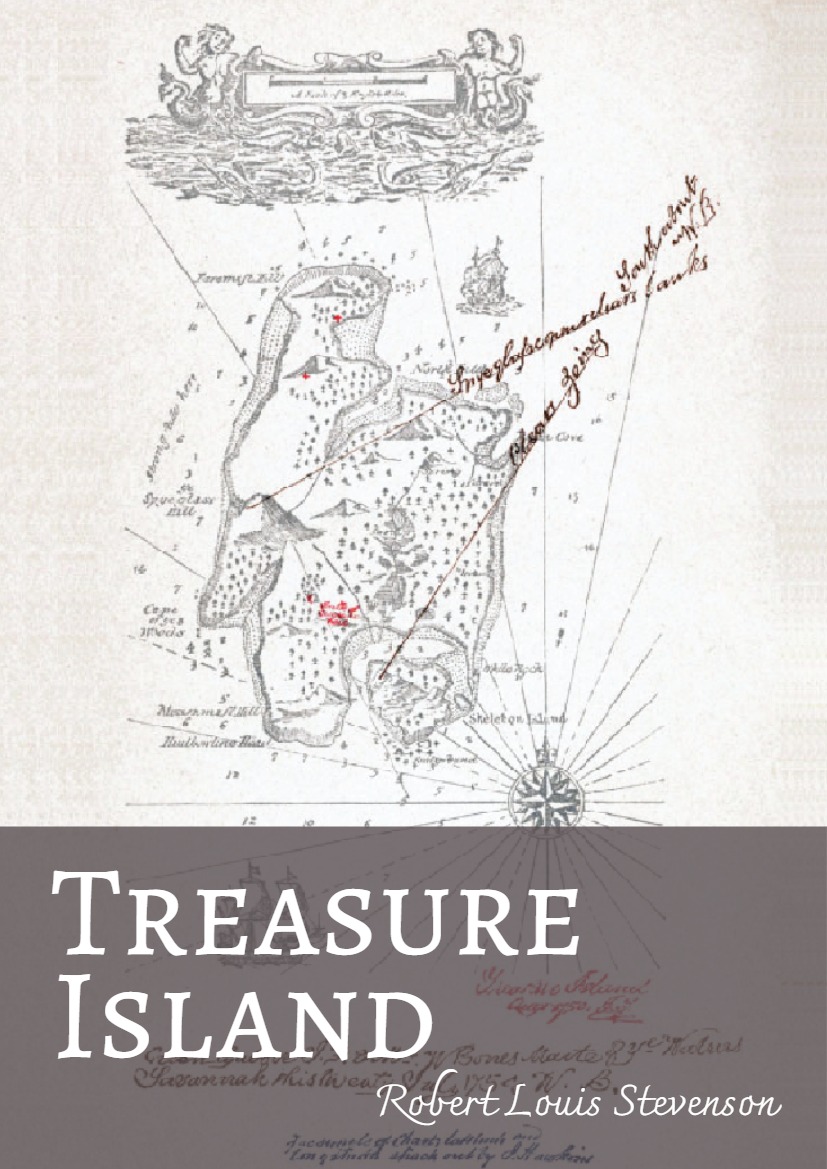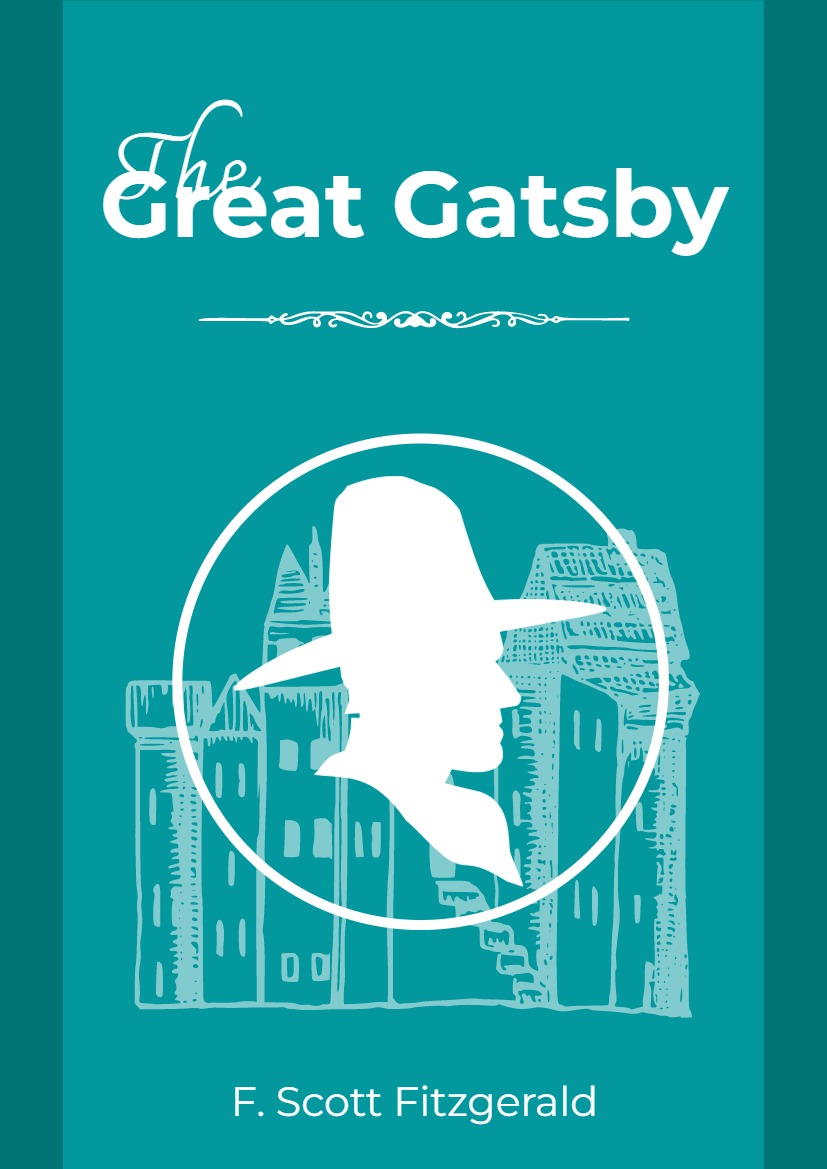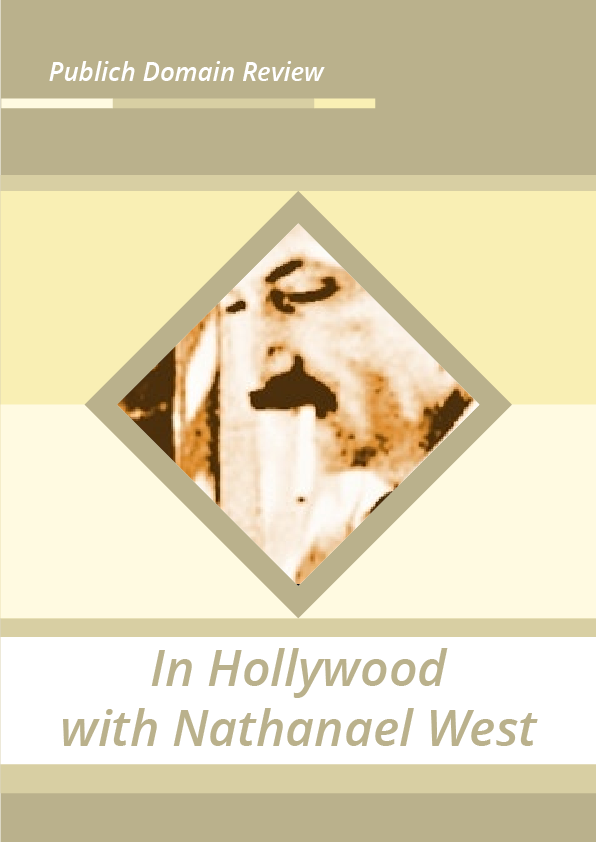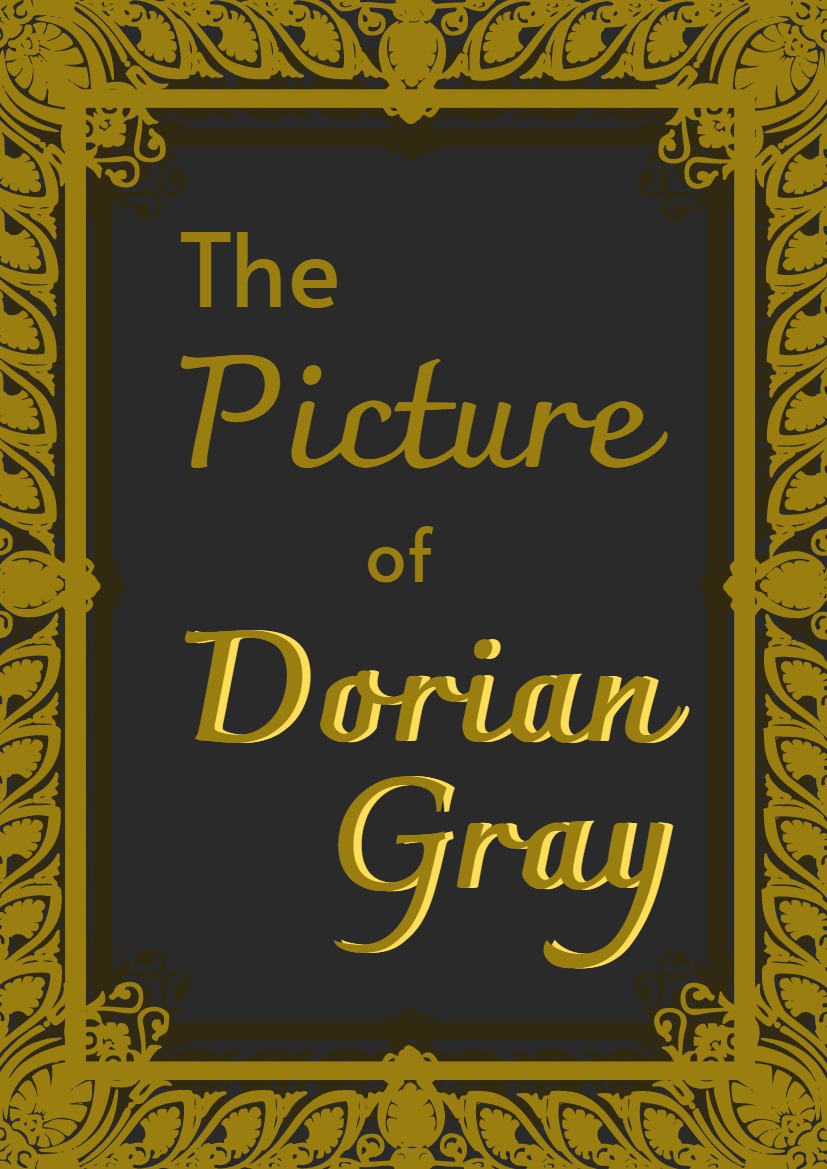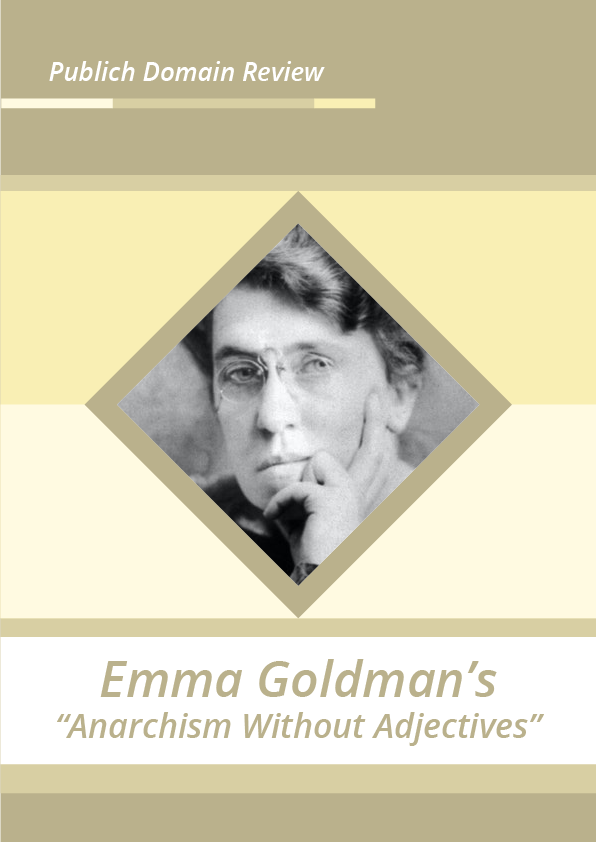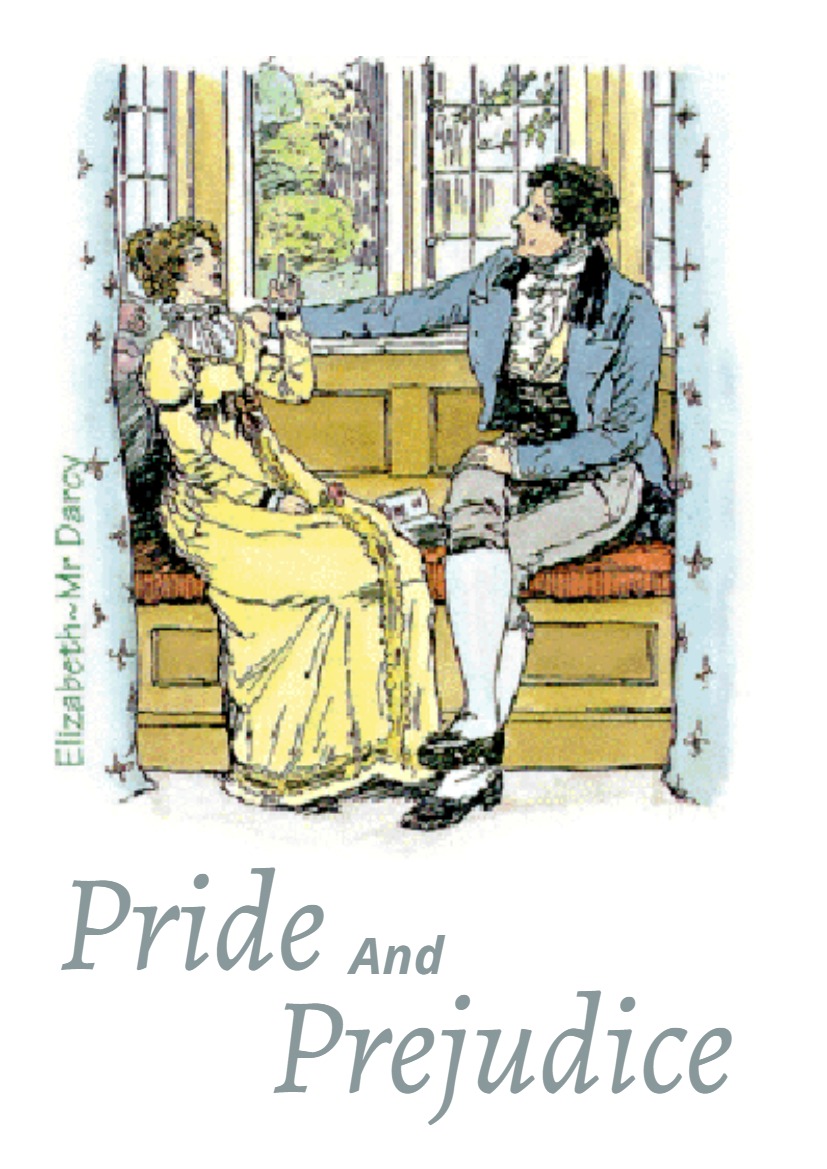Pollution, Sin, and Science Fiction in William Delisle Hay’s The Doom of the Great City (1880)
Deadly fogs, moralistic diatribes, debunked medical theory — Brett Beasley explores a piece of Victorian science fiction considered to be the first modern tale of urban apocalypse.
Scarcely can I portray in words the dire and dismal scenes that met my vision here. … For here, where on the previous night had throbbed hot and high the flood-tide of London’s evening gaiety, was now presented to my poor fevered sight, the worst, the most awful features of the whole terrific calamity. I had entered into the very heart and home of horror itself.
This is the way the world ends: not with a bang but a bronchial spasm. That is, at least, according to William Delisle Hay’s 1880 novella, The Doom of the Great City. It imagines the entire population of London choked to death under a soot-filled fog. The story is told by the event’s lone survivor sixty years later as he recalls “the greatest calamity that perhaps this earth has ever witnessed” at what was, for Hay’s first readers, the distant future date of 1942.
The novella received only mild acclaim among its late Victorian readers, and today it is almost forgotten. But, surprisingly enough, it has become possible to read our social and environmental problems foretold in Hay’s strange little story. In our age of global warming, acid rain, and atmospheric pollution, we may become the first readers to take Hay seriously. When Hay imagines a city whose wealth and “false social system” lulls it into complacency, we can recognize ourselves in his words. And as for those air problems that loomed dangerously around them, Londoners “looked upon them in the light of a regular institution, not caring to investigate their cause with a view to some means of mitigating them”. At moments like these, we get the feeling that Hay’s obscure 135-year-old story is eerily prophetic.
But before we canonize Hay as an environmentalist and his story as An Inconvenient Truth in Victorian garb, we have to look at the story’s other features. Readers of The Doom of the Great City unfailingly notice that the story does not fit easily with other science fiction narratives, but seems to belong also to another class of tales, which Brian Stableford has called “ringing accounts of richly deserved punishment”. This is because Hay’s narrator seems to slide back and forth between material and moral explanations for pollution. While he talks of how “In those latter days there had been past years of terribly bad weather, destroying harvests”, he adds in the same paragraph, “prostitution flourished rampantly, while Chastity laid down her head and died! Evil! — one seemed to see it everywhere!”
In fact, the narrator goes so far as to cast himself as a prophet. Like a latterday Jeremiah he reviles London as “foul and rotten to the very core, and steeped in sin of every imaginable variety”. In a twenty-page diatribe he catalogues vices such as prodigality, corruption, avarice, and aestheticism — not to mention feminine vanity, for which he reserves special scorn. He denounces tradesmen, aristocrats, theater-goers, and the young as well as the old. For him, London is like Atlantis or Babylon standing blithely unaware of the divine wrath about to strike it.
All of this raises an important question: can pollution be material (i.e. made of soot, ashes, smoke, chemicals, etc.) and moral as well? The same question could also be stated as a problem of genre. What exactly are we reading when we read The Doom of the Great City? Is it a forward-looking sci-fi tale about a dystopian future that may yet arrive? Or is it a fantasy of divine retribution that belongs with the ancient past?
